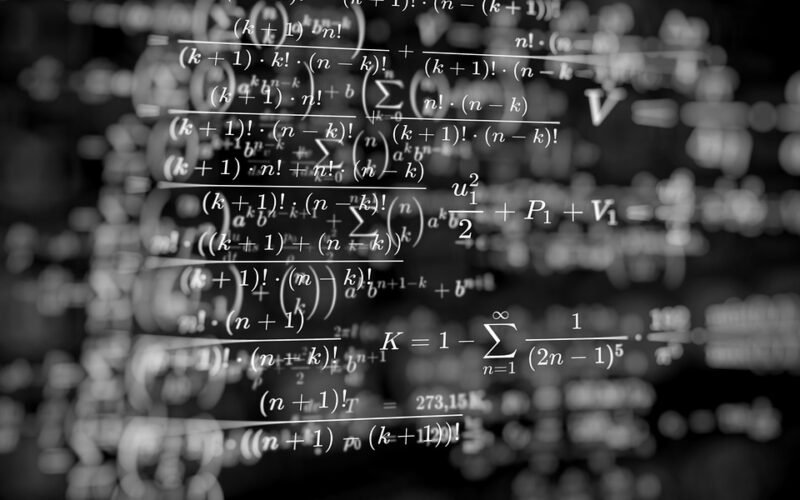Elo rating system is a method of calculating the relative skill levels of players in competitive games such as chess. The system was developed by Arpad Elo, a Hungarian-born American physics professor and chess player, and has been widely used in chess since the 1970s.
In the Elo system, each player is assigned a rating based on their performance in previous games. The higher the rating, the more skilled the player is considered to be. A player’s rating can change after each game, depending on the outcome and the rating of their opponent.
The Elo rating system works by calculating the expected outcome of a game between two players based on their ratings. The expected outcome is calculated using a mathematical formula that takes into account the difference in ratings between the two players. For example, if a player with a rating of 1500 is playing against a player with a rating of 1700, the expected outcome would be that the higher-rated player would win.
After the game is played, the actual outcome is compared to the expected outcome, and the player’s ratings are adjusted accordingly. If the player with the lower rating wins, their rating will increase by a larger amount than if they were playing against a player with a similar rating. Conversely, if the player with the higher rating wins, their rating will increase by a smaller amount.
In chess, the Elo rating system is used to rank players and determine their eligibility for tournaments and competitions. The highest-rated chess player in history is Magnus Carlsen, with a peak rating of 2882 in 2014.

